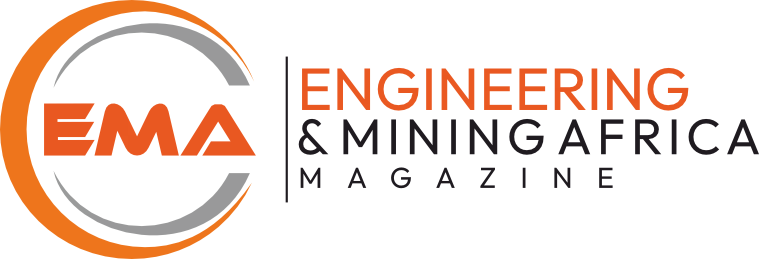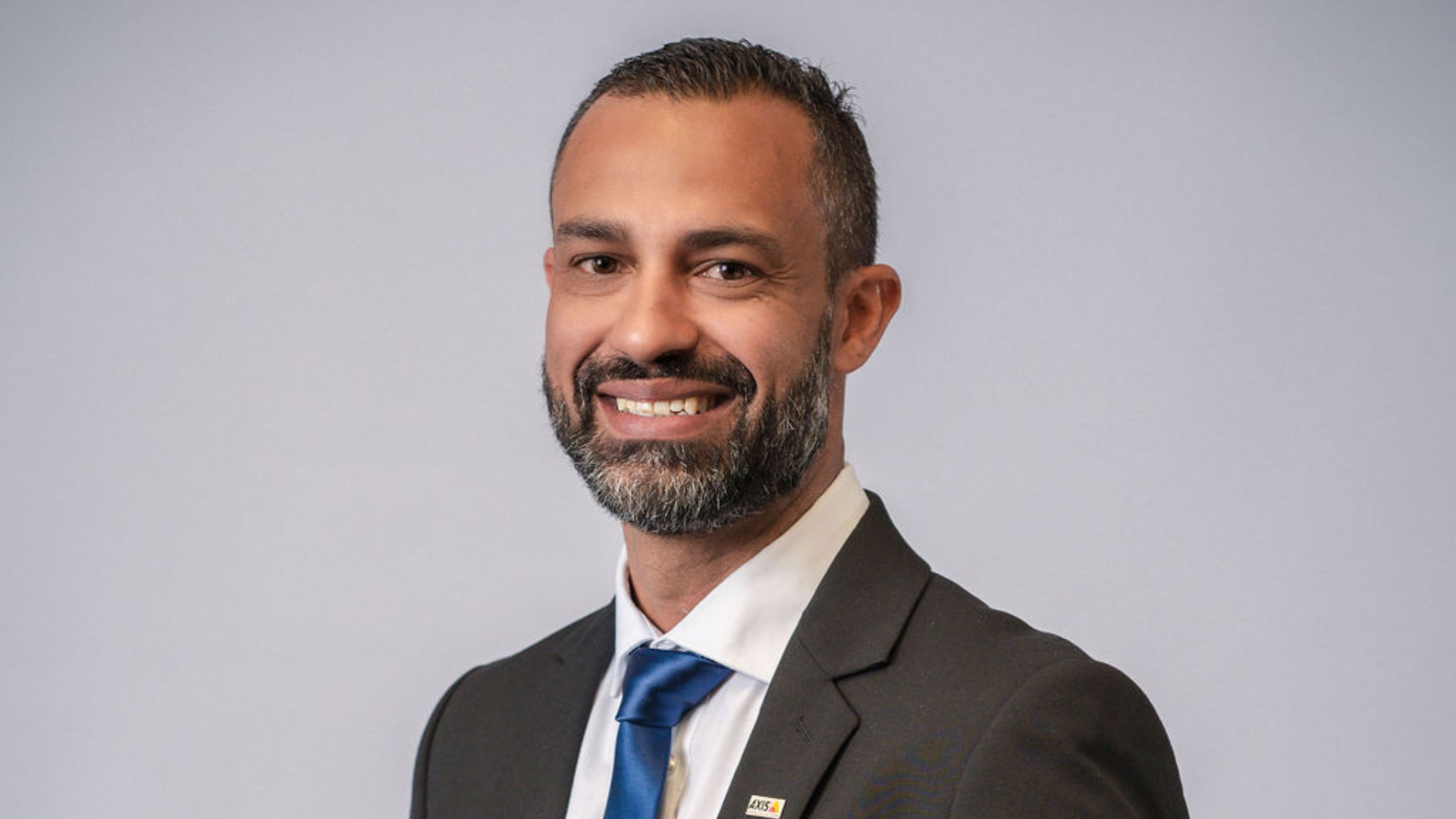Oil and gas play an important role in Africa’s present and future prospects. In South Africa especially, local gas production is expected to grow at a CAGR of 48% by 2027, thanks in part to several recently discovered deposits off the country’s coastline. The national government is also working hard to address the country’s long-term supply of gas in the face of ongoing commercial disputes.
These developments and others show the direction in which this critical sector is heading and why operators must take the necessary steps to ensure infrastructure is protected on all fronts. Oil and gas have always been risky businesses, but elevated threats demand new action and strategies that meet operators’ physical and digital security needs.
The need for physical security
Oil and gas infrastructure is difficult to protect, partly because of its intricacies and because it handles such valuable and consequential resources. Both in the economic and political senses. Nigeria, Africa’s biggest oil exporter, has suffered production declines due to theft and vandalism and, as part of its 2024-2026 action plan, the country will direct development of oil assets in areas less prone to such activities. In no industry should criminal activity have such a sway in policy decision making.
Let’s consider the practical circumstances. Oil and gas facilities can be great in size and located in remote, geographically challenging places. They have to contend with high volumes of traffic with people and vehicles entering and exiting at all hours of the day. As a result, they are susceptible to internal and external security threats, including trespassing, theft, and sabotage.
Hence, physical and perimeter security requires a multi-faceted approach. This includes traditional surveillance such as network video cameras, as well as more versatile installations such as radar and thermal cameras to enhance visibility and range of vision. Access control devices minimise the risk of unauthorised individuals and vehicles, while audio speakers and intercoms provide for two-way communication and announcements for security and safety purposes. In a way, perimeter security becomes infrastructure in its own right, fully integrated into the facility and part of its daily operations. All of this also enables operators to monitor remote and unmanned facilities, negating the need for ever-present security personnel.
Igniting the conversation
Like any industry, oil and gas infrastructure faces risks and dangers that emanate from their processes and end product. Mining, processing, and storage facilities are inherently dangerous environments and can be susceptible to explosions caused by combustible gases, dust, vapours, or other particles present in the atmosphere.
In light of that, explosion-protected cameras present a go-to solution, especially those certified for Zone/Division 1 and Zone/Division 2 hazardous areas. These devices help minimise risk and reduce unnecessary human exposure in such areas, all without compromising video quality or exacerbating the device’s bandwidth or storage needs. Such security solutions and associated accessories are essential in the event of an incident.
It must be stressed that not any security device or system is up to the task. Electrical installations in hazardous areas must be verified and be compliant with all regulatory requirements pertaining to hazardous areas, as well as boast the requisite design, components, and features. For example, a camera designed to work in Zone/Division 2 areas will have reduced energy levels and be built with reinforced, insulating materials such as steel to prevent it from igniting in a potentially combustible setting.
Establishing a digital perimeter
Effective physical security is no longer complete without considerations towards cybersecurity and digital resilience. Over the last decade, we have seen how threat actors have exploited vulnerabilities in enterprises’ digital infrastructure to carry out their attacks. It is important that oil and gas operators take this seriously. According to a study by Kaspersky, after a period of decline, the global sector experienced an increase in the number of operational technology (OT) computer attacks.
If operators are investing more in perimeter security solutions, they need to add an extra layer to protect interconnected technologies. With the help of third-party cybersecurity partners, camera and sensor manufacturers embed software and safeguards that prevent hackers from gaining access. The maturity of a manufacturer’s cyber resilience is best measured in international standards, such as ISO27001, and helps guarantee due diligence further down the supply chain, which is an important consideration during the system procurement process.
A single solution
Security and surveillance products do not exist in a vacuum and are bought and used holistically. By treating their overall infrastructure the same, operators can mitigate as many risks as possible.
Today’s surveillance and monitoring devices are designed with more than security in mind. Network solutions that are equipped with intelligence analytics can help oil and gas operators in additional ways. For example, with scheduled repairs, predictive maintenance, and real-time alerts for events such as overheating equipment. They can also play a role in health and safety. Operators can utilise compliance controls and ensure all personnel are adhering to site requirements, and can direct or disperse them in the event of an emergency. Explosion-protected cameras fulfil this need while also incorporating build, design, and features that make them capable of withstanding the risks of combustible and hazardous environments.
What really lets operators unlock the most value is that systems can be tailored to meet specific infrastructure and operational needs, whether operating a rig in the middle of the ocean or in a dense, jungle forest. Efficiently protecting operations both upstream and downstream begins with sourcing the right solutions. And, with the right approach, Africa’s oil and gas industry can reinvent itself.



